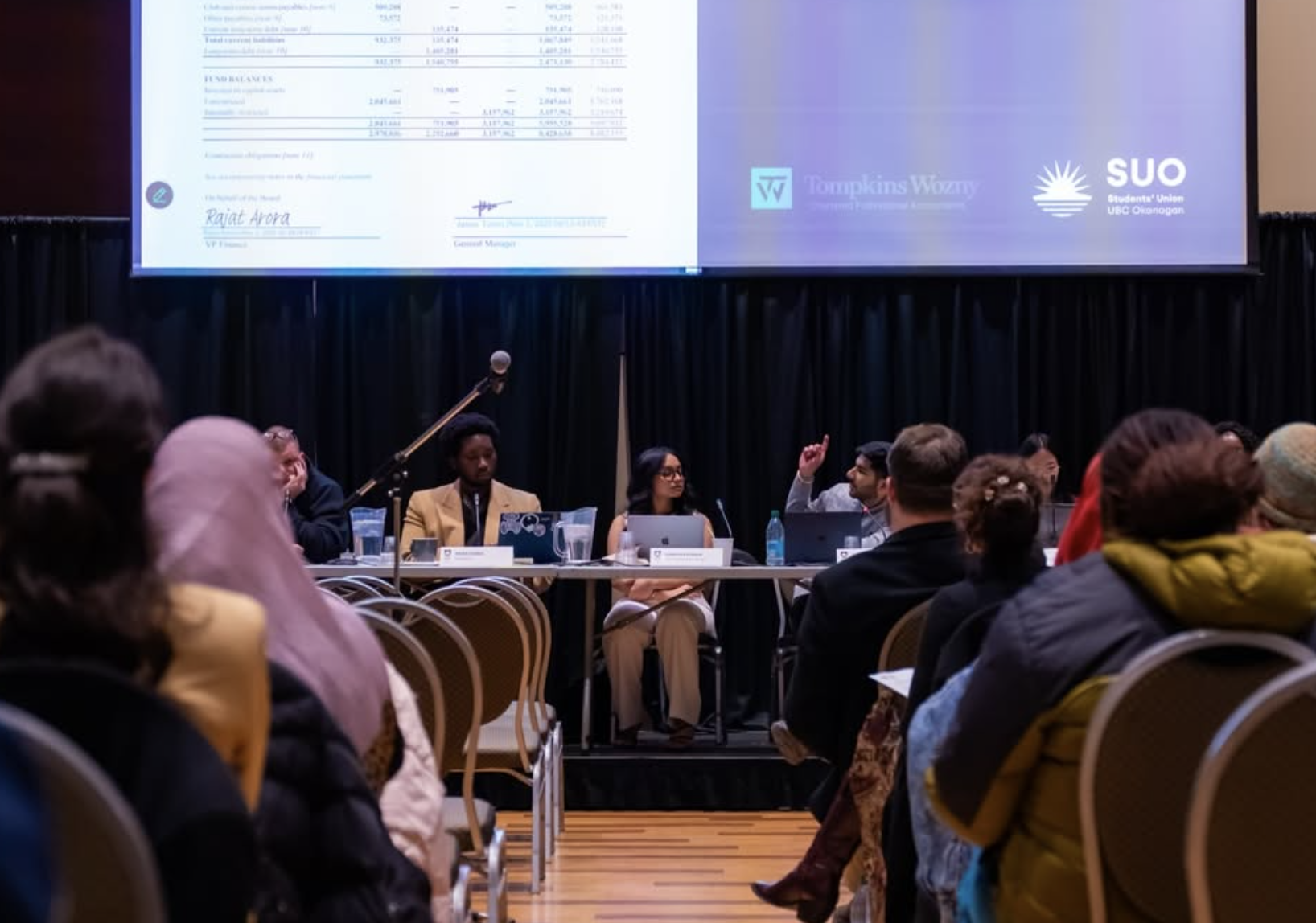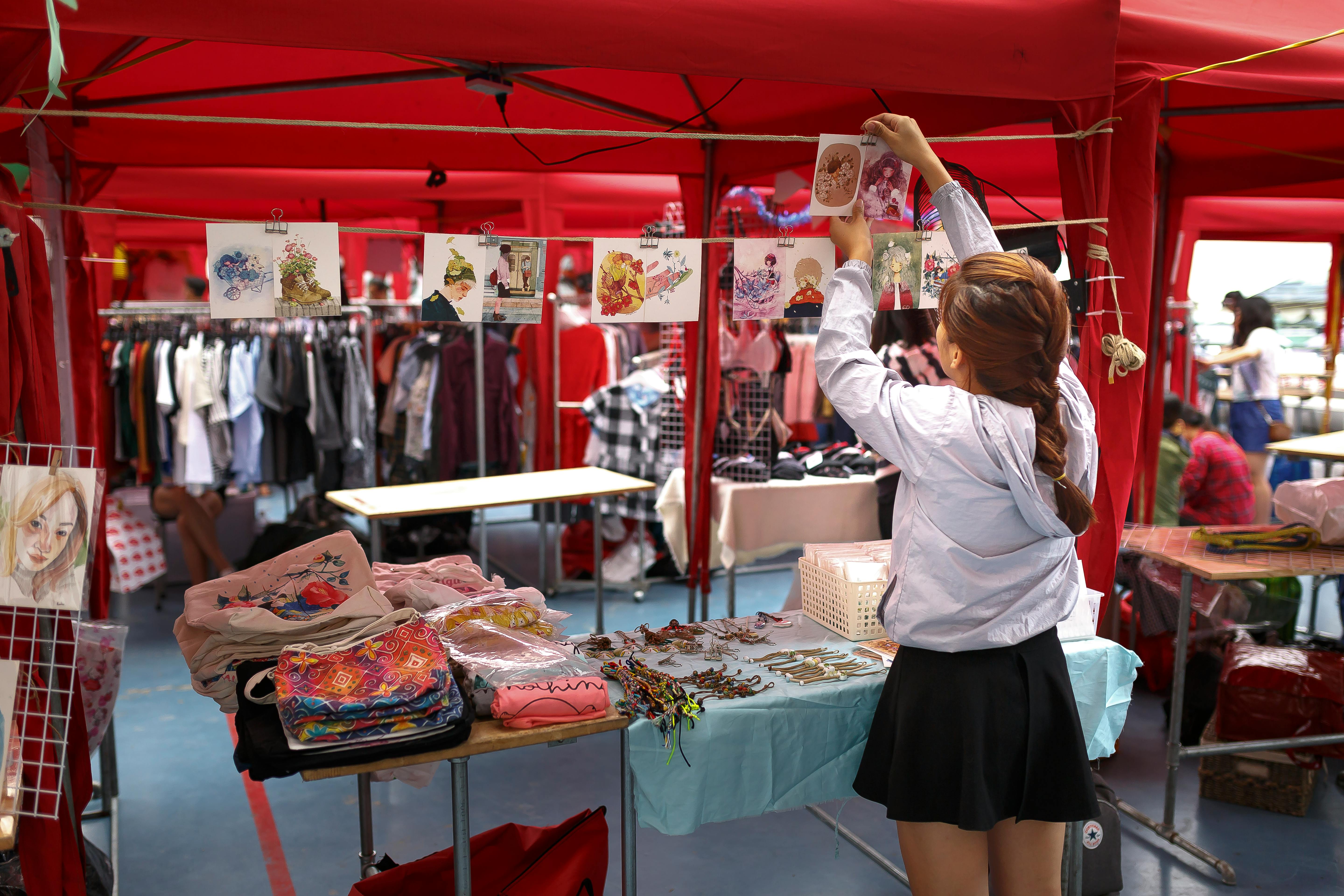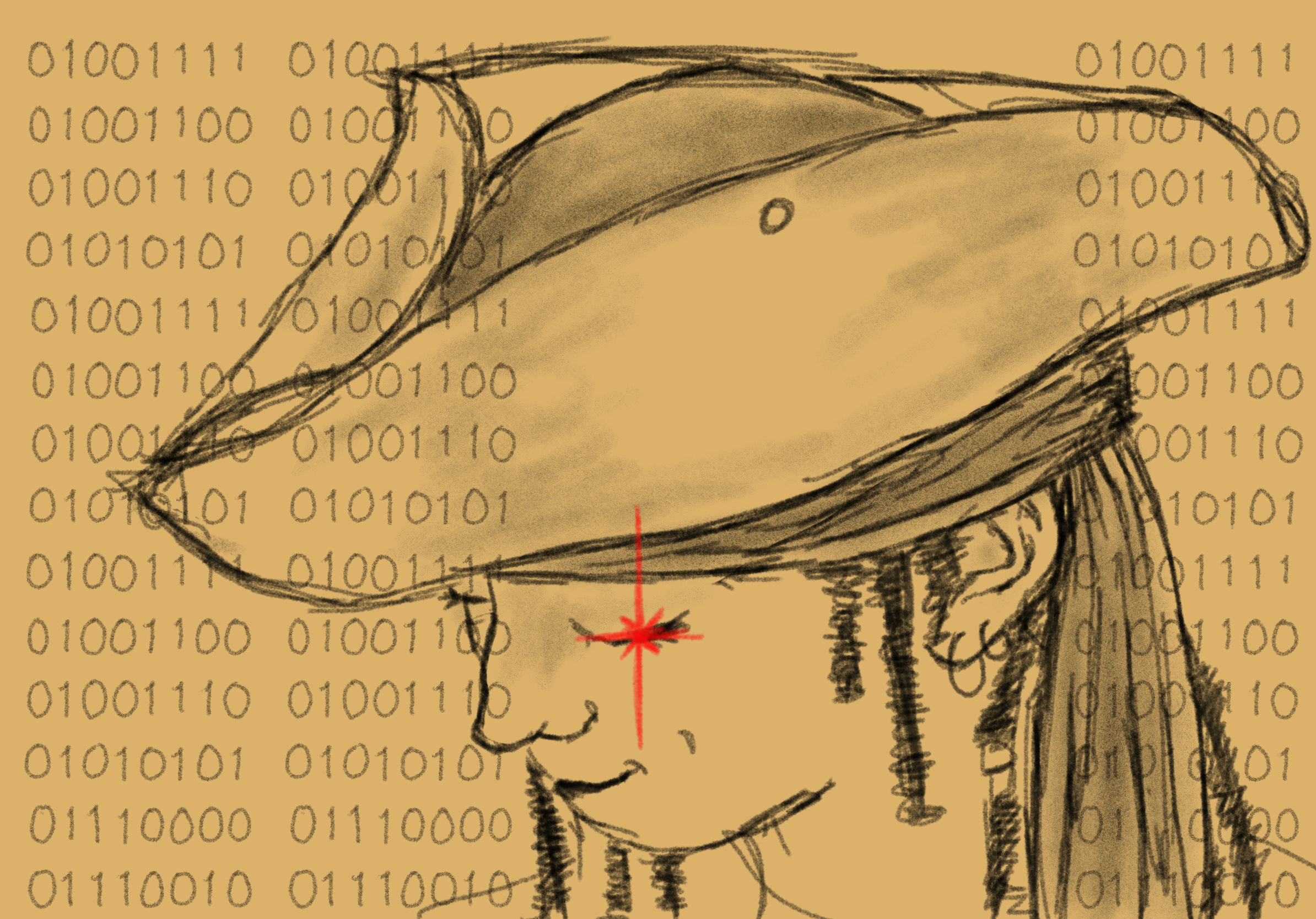
On November 18, 2021, while much of British Columbia was still reeling from dramatic and destructive flooding and landslides, a large armed force of RCMP officers were clearing out a Wet’suwet’en protest camp opposing the Coastal GasLink (CGL) Pipeline–a project supported by the government of British Columbia–in the province’s north. The police were there enforcing a court injunction against members of the Gidimt'en Clan of the Wet’suwet’en and other protesters, who earlier in the month had evicted CGL workers from their traditional territory–known as the Yintah in Wet’suwet’en. In the midst of the arrests, 29 people in total over two days, the RCMP also arrested two journalists: freelance filmmaker Michael Toledano, and award-winning photojournalist Amber Bracken, who was working in the area as an employee of The Narwhal, an independent online magazine. (NOTE: As of November 22, 2021, the journalists have been released from custody).
This police action represented the largest escalation in an ongoing conflict between forces of CGL and the province versus the Indigenous group since a similar incursion by police made international headlines in early 2020. The Gidimt'en Clan is led by the hereditary chiefs–leaders of the traditional government of the nation–and has been opposing construction in the area for years. The Hereditary chiefs cite the 1997 Delgamuukw decision, which, among other things, asserted that the Wet’suwet’en Nation and the neighbouring Gitxsan Nation have title to their traditional territory, which the pipeline is being constructed through. The injunction in question did not address the Delgamuukw case, despite its notoriety and importance in Canadian law.
But regardless of the legality of the actions of the Gidimt'en, the actions of the RCMP represent another example of an issue that reaches across the country: the suppression of journalists by the national police force. In 2019 and 2020, when the protests came to a head, the RCMP blocked press access to their raid on the camps by repeatedly threatening to arrest journalists and eventually creating “media exclusion zones,” actions that were roundly criticized by the Canadian Association of Journalists (CAJ).
Now, the force has made good on those threats, sparking thorough condemnation from a suite of journalistic organizations from all ends of the political spectrum, including APTN, the Canadian Press, and Post Media, the owner of the National Post. In fact, the actions of the national police force have even drawn criticism from the federal cabinet, with a spokesperson for Crown-Indigenous Relations Minister Marc Miller calling the arrests “deeply concerning.” The Narwhal is now reporting that the police force has been tracking Bracken and Toledano for some time, something the CAJ says they are “very concerned” about.
Most shockingly, these actions come hot on the heels of a serious rebuke of the force’s treatment of the press and protestors by nothing less than the British Columbia Supreme Court. Earlier this fall, Supreme Court Justice Douglas W. Thompson canceled an injunction against protestors against old-growth logging at Vancouver Island’s Fairy Creek in Pacheedaht Territory due entirely to the actions of the Mounties, which he said, “have led to serious and substantial infringement of civil liberties.” Judge Thompson called specifically on the RCMP to stop interfering with journalists at their work, something the officers had continued to do despite previous rebukes from the courts. Thompson stated that the actions of the force were weakening “the court’s reputational capital” – i.e. undercutting the standing of the law in Canada.
In response to the arrests of Bracken and Toledano, Warren Brown, the Chief Superintendent for the RCMP's North District "E" Division stated that journalists that “actively participate, assist, and advocate for protesters, they're going to be arrested.” But video provided to the CBC by Toledano shows him and Bracken hedged into a wooden cabin by armed officers while the police break down the door using a chainsaw. In the video, the journalists are detained and escorted away despite announcing their affiliations and offering to provide their credentials. According to Bracken’s lawyer she had her press credentials pinned to her body to ensure that officers may see it.
All of this, the RCMP’s suppression of media coverage of its actions culminating in last month’s arrests, comes after an extended period of controversy surrounding the force. Following civil unrest in the summer of 2020 in response to the death of George Floyd, the top Mountie in Alberta, Curtis Zablocki, denied the presence of systemic racism in the force. Top Canadian Mountie, Commissioner Brenda Lucki took some time admitting the presence of systemic racism while also acknowledging she doesn’t fully understand what that means. A recent report funded by B.C.’s Human Rights Commissioner, Kasari Govender, found systemic racism results in the targeting of minorities in the province, while a House of Commons committee report this summer found systemic racism “pervasive” in the force. The government report also called for the dismantling of the RCMP’s “paramilitary structure,” though photos from the most recent arrests show several officers outfitted with markedly militaristic uniforms and weapons, something that is of particular concern given force’s admission that it used “Lethal Overwatch” – where “sniper observers” track the movements of protestors – during its actions in Wet’suwet’en territory in 2020.
But there’s more. In 2020, Commissioner Lucki sidestepped concerns from several Federal Cabinet Ministers, including then Public Safety Minister (the ministry responsible for the RCMP) Bill Blair, that the force was responding inadequately to violence against Indigenous fishermen by white settlers in Mi’kmaq territory. Then, throughout the RCMP’s actions at Fairy Creek and at protests against the Trans Mountain Pipeline Expansion along the North Thompson River in Secwépemc territory, officers have been repeatedly spotted wearing “Thin Blue Line” patches on their uniforms, despite a directive from the force to avoid doing so. The symbol, which certain police forces in the United States have stated has been “co opted by white supremacists,” is an important symbol for “Blue Lives Matter,” a police based movement which was formed in response to the Black Lives Matter movement and which seems to make the equation that choosing to join a police force is an inherent personal characteristic on the same level as to the color of one’s skin. Most concerning for civilian who see the patch as a symbol of racial prejudice, it seems to have the full sport of the National Police Federation, the union representing RCMP members.
In fact, the atmosphere right here at UBCO highlights concerns with the failings of the RCMP, as outlined in detail by Luz-Marina Roberts in this publication. In just the last few years several incidents have highlighted the unreliability of calling in the Mounties. In 2020, A UBCO student was violently assaulted by an RCMP officer during a wellness check, while earlier that year a Mountie criticized a UBCO student who was seeking to press charges against a voyeur, while also defending the assailant. Just this week a report from the CBC outlines how an RCMP officer (who has since left the force) told a sexual assault survivor that their complaint was “not worth the RCMP’s time.”
But the RCMP’s issues with discrimination are even more worrying in light of the force’s persistent obfuscation over its own actions. An investigation by Ricochet Media found the force was wilfully misleading the public over events at Fairy Creek, while the use of force by Mounties in the North resulted in Northwest Territories Premier Caroline Cochrane to call for the force to “rebuild trust” from the public. The Civilian Review and Complaints Commission, the watchdog agency that monitors the RCMP, has repeatedly called for the force to better respond to public complaints. But little to no progress has been made on the failing complaints system since Lucki signed an agreement with the commission to improve it back in 2019.
All of these concerns, from Vancouver Island to Nova Scotia and back to UBC Okanagan, are all the more conspicuous in light of the muzzling arrest of Bracken and Toledano. The force’s repeated resistance to openness and transparency over its own actions, particularly its own failings, raise serious concerns about what its intentions and principles are, especially now that they are arresting journalists. Reporters Without Borders, who track press freedom globally, have called the arrests a part of a “disturbing trend” of the suppression of the press in Canada. A report from 2019 made a similar call surrounding the RCMP’s actions in Wet’suwet’en territory and called the actions of the RCMP particularly concerning given a global rise in autocracy and a decline in the freedom of the press.
It would seem that if the RCMP really were concerned with their most important job – protecting the public – they would be much more invested in transparency of their actions. The repeated suppression of journalistic coverage, combined with neglect of the public complaints system, implies that they do indeed have something to hide. By detaining camera operating journalists in Bracken and Toledano the RCMP is indicating it is afraid of being seen interacting with civilians. Now that the police union is trumpeting the importance of well-known symbols of white supremacy in the midst of a national call to tackle systemic racism in the force and on the heels of severalhigh profileviolentactions, people from across this country have good reason to avoid being caught out by RCMP members without some sort of oversight. If the force chose to allow free and easy access of journalists to their work with the public, instead of arresting and excluding the press, it would go a long way to restoring the public’s trust.




